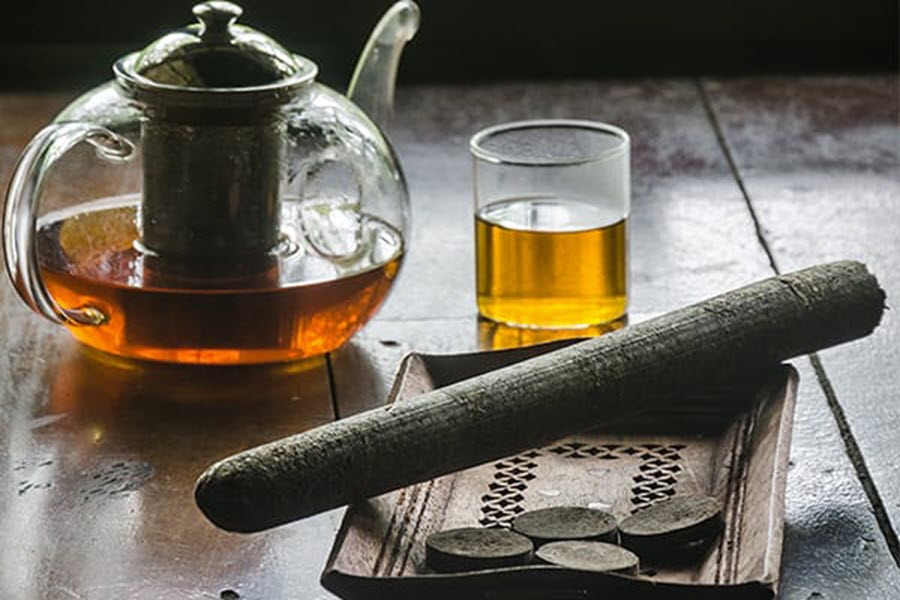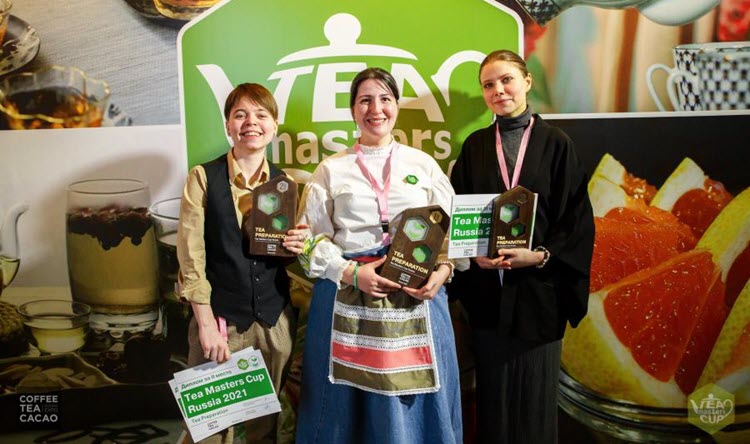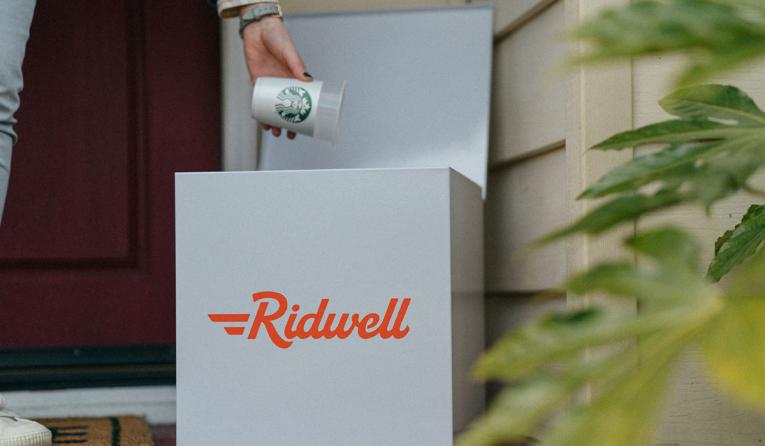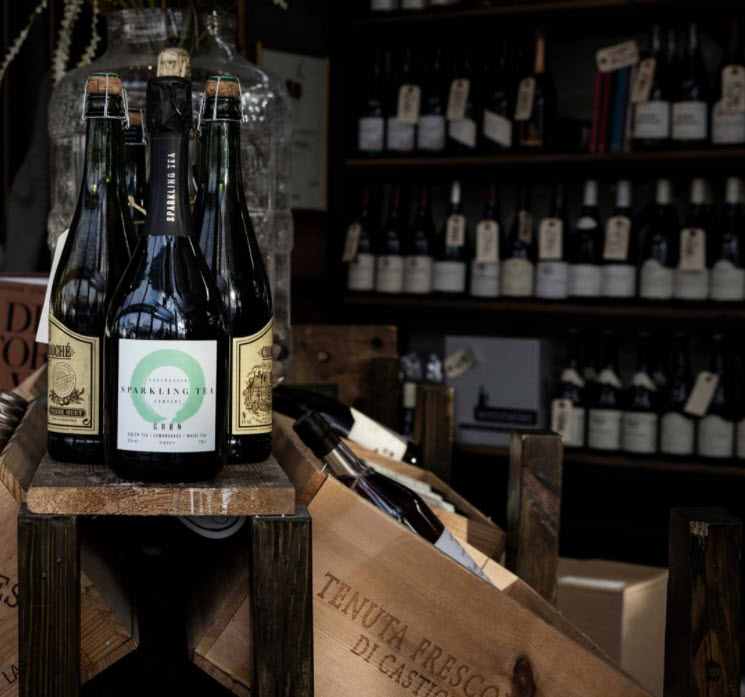
India’s first carbon-neutral tea estate is constructing the country’s most sustainable tea factory.
Contractors at the Jalinga Tea Estate in South Assam, India’s largest organic tea grower, will complete India’s first zero-emission tea factory in July. With a capacity of 900 metric tons, the solar-powered factory is a large-scale model of efficiency using pellet-fired dryers, improved composting, biochar, and biomass gasification. Jalinga is India’s only Soil & More Impacts certified CO2 neutral estate.
The factory is jointly financed through the Jalinga Climate Tea Research Foundation (JCTRF), a partnership between Jalinga Tea Estate and Atmosfair, a German non-profit committed to reducing CO? emissions by promoting, developing, and financing renewable energy projects in more than 15 countries.

Patrizia Pschera, Atmosfair’s Manager of Climate Mitigation Projects, writes that Jalinga “is making great efforts to minimise CO2 emissions and to make tea cultivation sustainable.”
JCTRF is developing and testing climate-friendly ways of growing and processing tea while promoting adaptation to changing climate conditions, she explained. “The aim is to establish a self-sustaining concept for the climate friendly and ecological cultivation of tea that can be transferred to tea gardens all over Assam,” according to Pschera who authored a case study on the project published on the Atmosfair website.
- Related: Climate Friendly Processing of Tea.
Pschera praised the estate for “making well thought-out and far-reaching changes to its production, which goes further than buying CO2 neutrality through certificates.”
In May, Atmosfair will visit Jalinga with reporters and a camera team from ZDF, a German TV channel making a documentary.
Jalinga Director Ketan Patel said the factory is half-finished and would be complete with solar panel installation by July. “It will run on 100% biomass pellets and briquettes and replace coal completely. Electricity will be generated through solar panels,” he said.
The factory will cost €300,000 ($360,000) to build and equip; an investment split equally between Atmosfair and Jalinga.
“This is my most passionate endeavor to date,” said Patel, a long-time advocate of Earth-friendly endeavors on the 650-hectare estate. Jalinga is a third-generation family business farmed organically since 2004. In 2018 Jalinga Tea Estate received the North American Tea Conference’s “Sustainability Award” presented annually.
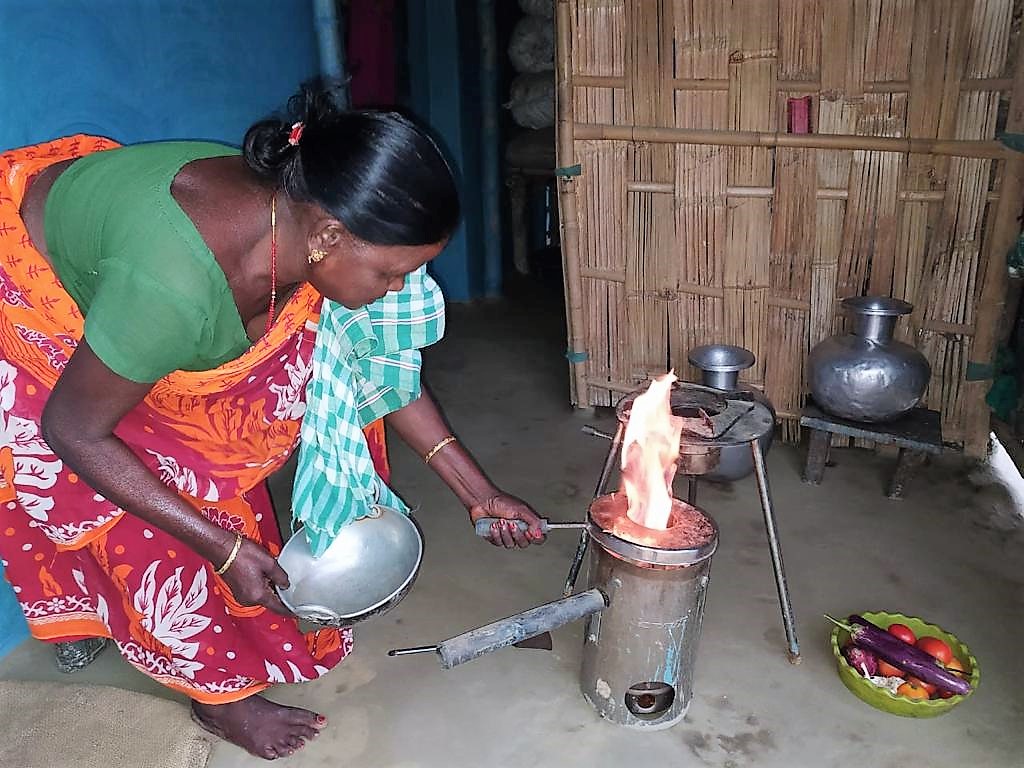
The estate has adopted several climate-friendly social initiatives. Workers are supplied low-emission cookstoves instead of using firewood to improve air quality within dwellings, Patel explained, a simple innovation that reduces deforestation and improves the health of workers and their families.
“Jalinga is a demonstration site, we intend to commercialize the technology and share it with the whole tea industry,” said Patel.
“Atmosfair will look at the carbon emissions in the factory and develop carbon credits and take these back into the EU. They sell these carbon credits to airlines, government, etc.,” he said, adding, “It’s a win-win situation for the industry and environment.”
Pellet-Fired Dryers
The Indian government has the mandate to cut carbon emissions. One of the biggest problems in the industry is the reliance on coal to fuel dryers. Burning fossil fuels leads to the release of pollutants into the atmosphere. The availability of coal is also an issue. Coal mining is now illegal in Meghalaya, raising costs and making coal less available. Patel said that coal leaves a residue on tea plants, soot that is not suitable for human consumption.
Jalinga will rely on tea waste, an excellent fuel when converted to biomass pellets. Prunings, waste leaves, and grass from weeding have relatively low ash content and generate 20 MJ of energy per kilo.
“Many crop residues remain unused every year. Their decay in local dumps produces the greenhouse gas methane. At the same time, tea plantation operators dry the tea leaves with coal, releasing CO2. The JCTRF will test how plantation operators can use a pelleting machine to compress crop residues to use them as fuel instead of fossil coal,” said Patel. “We will be doing extensive research on climate-friendly ways to produce tea, both in the plantation & the factory so that the whole chain can lead to zero carbon tea production,” he said.
Toward Carbon Zero
The garden is also doing extensive R&D on a carbon removal program that will drastically improve soil fertility, explains Patel. Jalinga has been using compost from a special composting method (Novcom compost) in combination with manure to fertilize the tea plants for more than 15 years.
“We are continuously trying out new ways of creating compost with green matter available in the estate. We have an in-house lab that tests the compost, compost water, and soil regularly for microbial growth, microbial diversity. Nitrogen content is also measured off-site,” he said.
In a Facebook video, Patel explains that Jalinga follows the three pillars of climate-smart tea:
- sustainably increasing agricultural productivity and income
- adopting and building resilience to climate change
- reducing and removing greenhouse gases (GHGs) emissions
“Our policies are aligned with the 17 goals developed by the United Nations that aim for a better and more sustainable future for all,” he says.
Jalinga supplies private-label tea to more than 150 5-star hotels with exports to the UK, Germany, Czech Republic, Hungary, and soon Russia, Australia, and Japan.
Next up is a brand launch.
Meeting the India Tea Board mandate to produce earth-friendly tea at a profit while enhancing India’s ability to market quality tea ? Jalinga is leading the way.
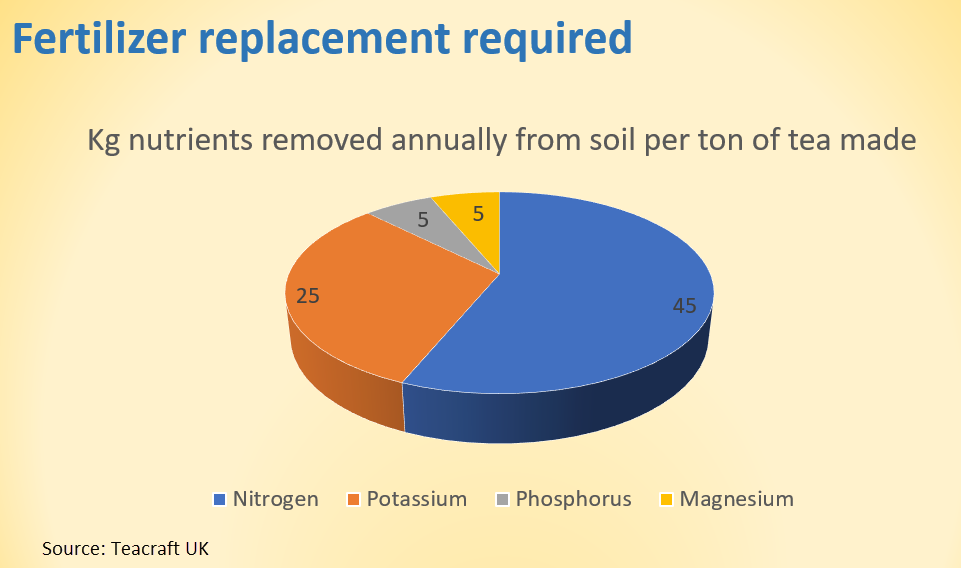
“Currently tea needs a quarter million metric tons of Nitrogen from non-renewable methane; 138,000 metric tons of Potassium from fossil sources and 27,500 metric tons of Phosphorus to dig from fast-depleting reserves. Conventional farming has the tools to meet demand, but supplies are fast running out. Peak phosphorus comes in 2030,” according to Nigel Melican, founder Teacraft.
Share this post with your colleagues
Signup and receive Tea Biz weekly in your inbox.


